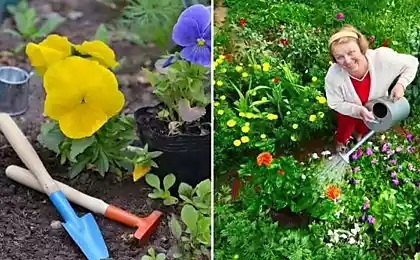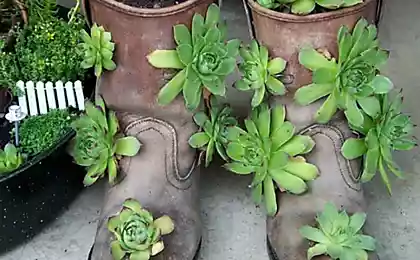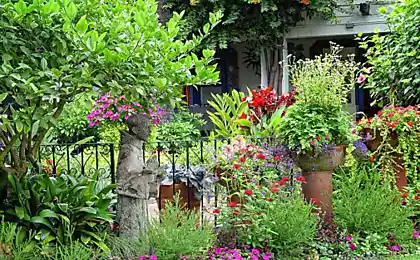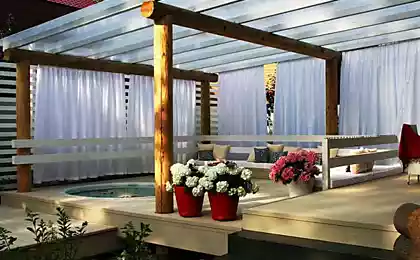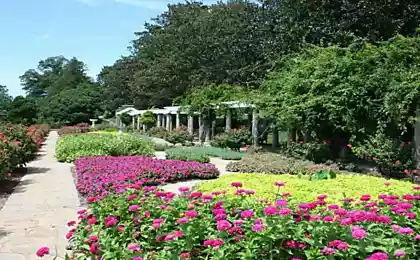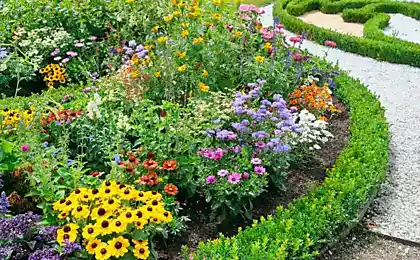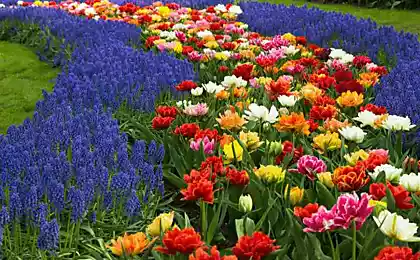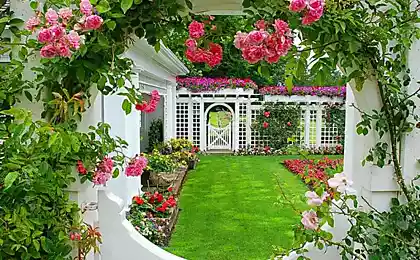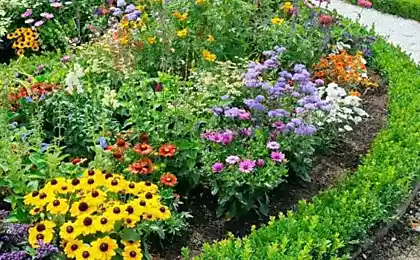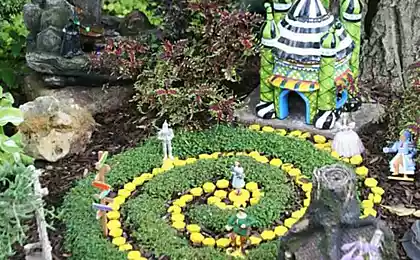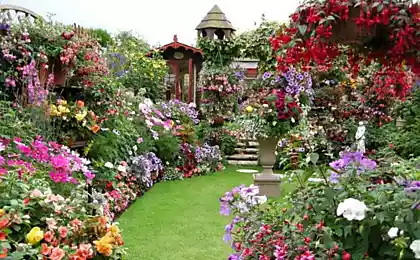205
What I learned about herbal curbs, a month watching a neighbor in the country
When you have a small piece of land, you want to put a lot on it. And the garden, and the garden, and the flower garden, and the lawn... How do you find a place for everything? First of all, you need to place everything competently. Editorial "Site" They will tell you how to make a garden curb and what plants are suitable for it.
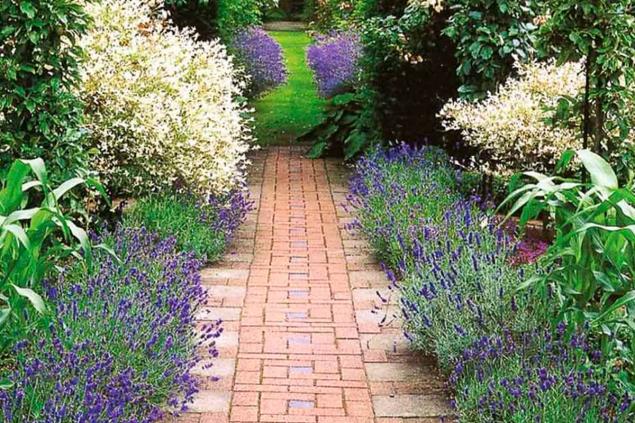
Garden curb is a strip of width from 15 to 35 cm, consisting of densely planted plants of one species. To create such a curb, you can use both annuals and perennial plants. Perfectly suitable flowers, low shrubs, cereals and herbs. But in recent years, the most popular began to use curbs from spicy herbs. This is not surprising because they have advantage:
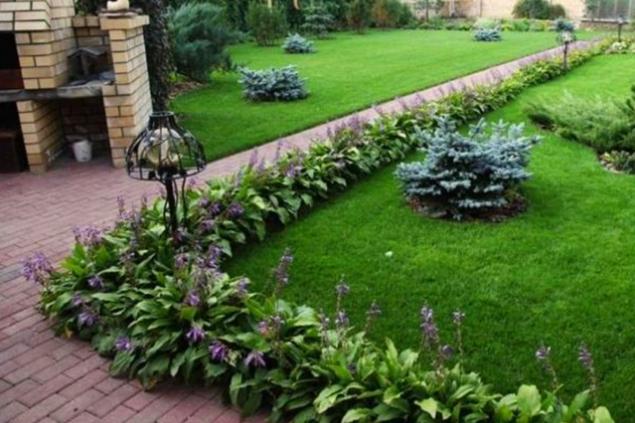
What herbs are suitable for curb
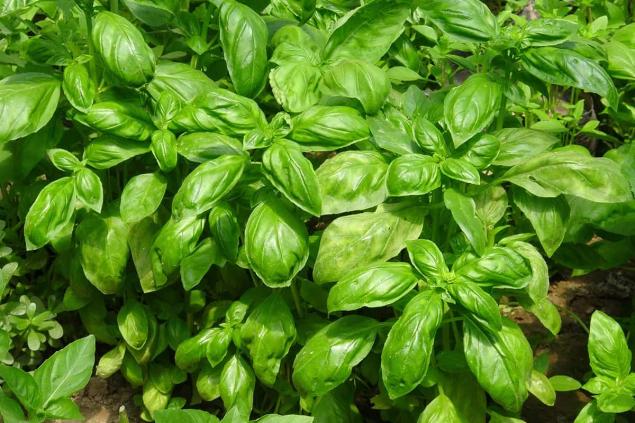
Ordinary soul Perennial and completely unpretentious plant, and therefore suitable even for beginner flower growers. It is only necessary to provide the oregano with sufficient sunlight and stagnation moisture. In March we sow seeds, and at the end of May you can safely plant seedlings in the ground.

hyssop medicinal It is perfect for creating a high fence, because hyssop grows up to 80 cm in height even with unstable care. The plant is extremely tenacious. Feels great. soilless And winters well. But it is important to remember that hyssop should be transplanted or divided every 4-5 years. In addition, it is important to cut the bushes in autumn.
8382636
Lavender narrow-leaved Lavender, unlike previous “colleagues”, is characterized by capriciousness: seeds hardly grow, and then grow very slowly. For this reason, gardeners recommend propagating it with cuttings or tiles. Also note that lavender does not like heavy, damp earth. Acquired lavender should be moderately watered, be sure to mulch and regularly loosen the soil around it. Do not forget to feed the plant, as well as timely slightly prune and certainly cover for the winter.

Mint It grows delightfully in the sun and in the shade, so as not to stagnate moisture. In April, you can sow mint immediately in the ground or plant seedlings in May or August. It's going well in winter and sprawling. That's why you're gonna have to cut the curb a lot. Some even initially dig mint 20 cm deep.

Schnitt-bow Did you know that onions can be grown not only for gastronomic purposes, but also for decor? Shnitt-onion flowers do not please their owners for long. But here his greenery with careful care can preserve beauty up to prefreeze. To get such a bright onion, plant it in April-May, and then gradually separate the bushes. At the same time, fertilize the plant, and for the winter completely cut off all the feathers.
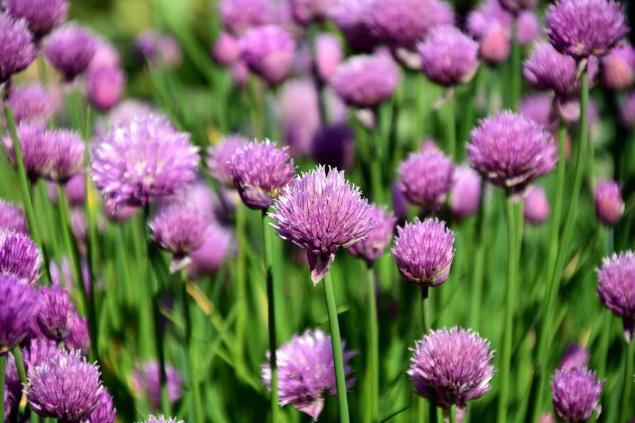
How do you prefer to decorate your garden borders? Boldly shared with us in the comments. Now you know how original and very effective to design curbs in the country. We hope you like this idea. Good luck!

Garden curb is a strip of width from 15 to 35 cm, consisting of densely planted plants of one species. To create such a curb, you can use both annuals and perennial plants. Perfectly suitable flowers, low shrubs, cereals and herbs. But in recent years, the most popular began to use curbs from spicy herbs. This is not surprising because they have advantage:
- The flowers are well shaded;
- perfectly separate and structure planting;
- Protect nearby plants from wind and cold
- prevent the growth of weeds;
- stop the slugs;
- Repel pests with a sharp smell;
- They become an additional source of culinary and medicinal herbs.

What herbs are suitable for curb
- basilica

Ordinary soul Perennial and completely unpretentious plant, and therefore suitable even for beginner flower growers. It is only necessary to provide the oregano with sufficient sunlight and stagnation moisture. In March we sow seeds, and at the end of May you can safely plant seedlings in the ground.

hyssop medicinal It is perfect for creating a high fence, because hyssop grows up to 80 cm in height even with unstable care. The plant is extremely tenacious. Feels great. soilless And winters well. But it is important to remember that hyssop should be transplanted or divided every 4-5 years. In addition, it is important to cut the bushes in autumn.
8382636
Lavender narrow-leaved Lavender, unlike previous “colleagues”, is characterized by capriciousness: seeds hardly grow, and then grow very slowly. For this reason, gardeners recommend propagating it with cuttings or tiles. Also note that lavender does not like heavy, damp earth. Acquired lavender should be moderately watered, be sure to mulch and regularly loosen the soil around it. Do not forget to feed the plant, as well as timely slightly prune and certainly cover for the winter.

Mint It grows delightfully in the sun and in the shade, so as not to stagnate moisture. In April, you can sow mint immediately in the ground or plant seedlings in May or August. It's going well in winter and sprawling. That's why you're gonna have to cut the curb a lot. Some even initially dig mint 20 cm deep.

Schnitt-bow Did you know that onions can be grown not only for gastronomic purposes, but also for decor? Shnitt-onion flowers do not please their owners for long. But here his greenery with careful care can preserve beauty up to prefreeze. To get such a bright onion, plant it in April-May, and then gradually separate the bushes. At the same time, fertilize the plant, and for the winter completely cut off all the feathers.

How do you prefer to decorate your garden borders? Boldly shared with us in the comments. Now you know how original and very effective to design curbs in the country. We hope you like this idea. Good luck!
Mistakes in the design of corner kitchens, from which the designer darkens in the eyes
Where is the Achilles heel of an aging woman
